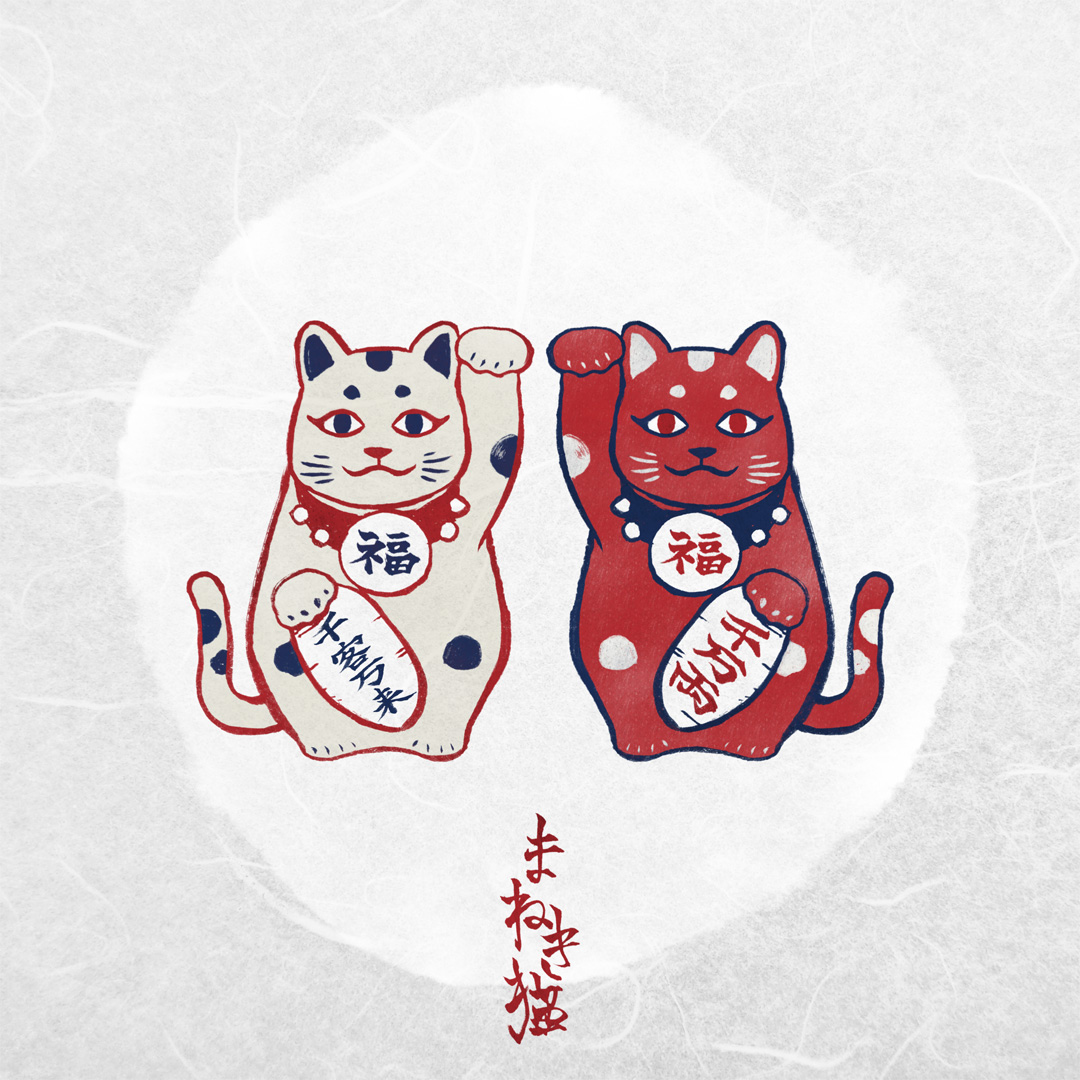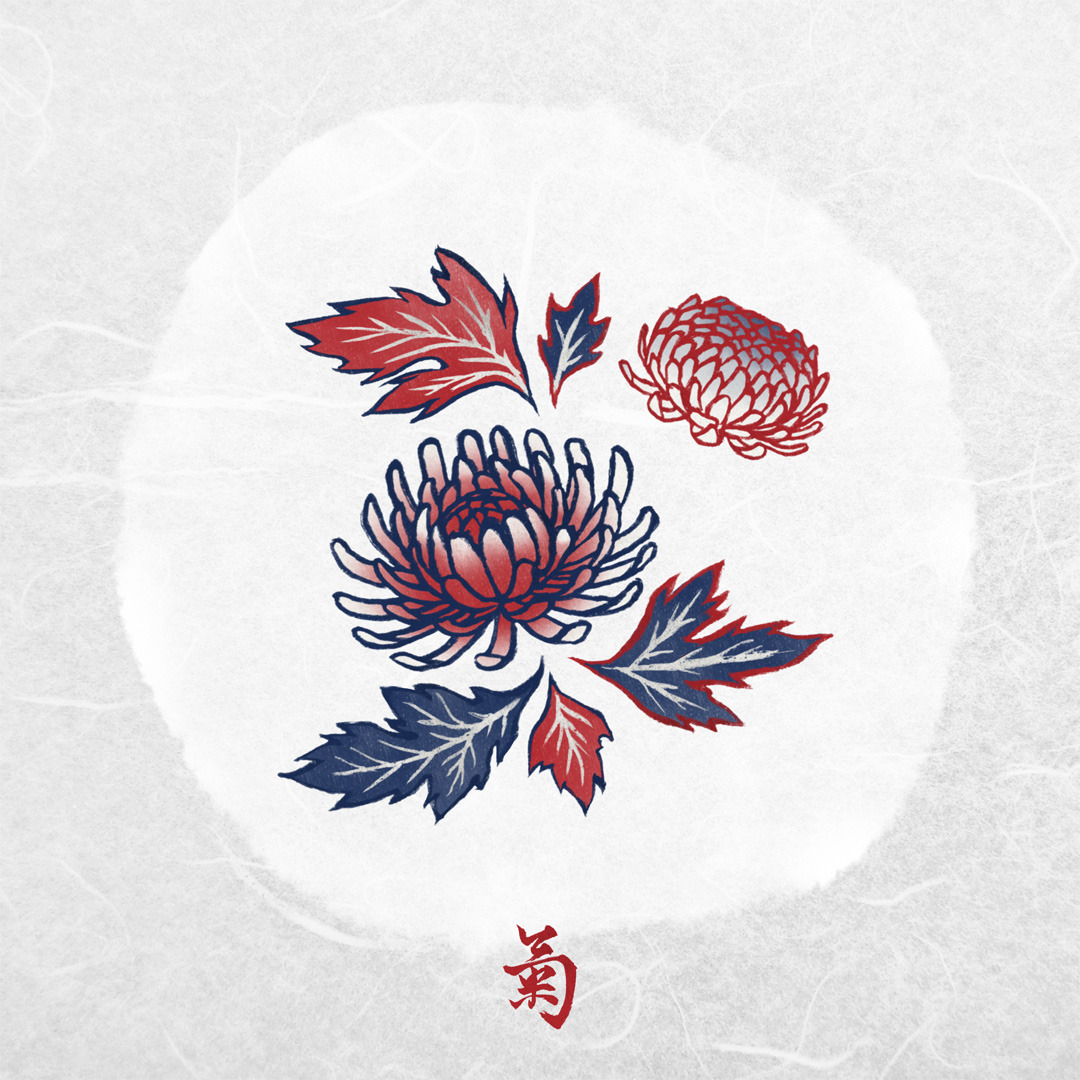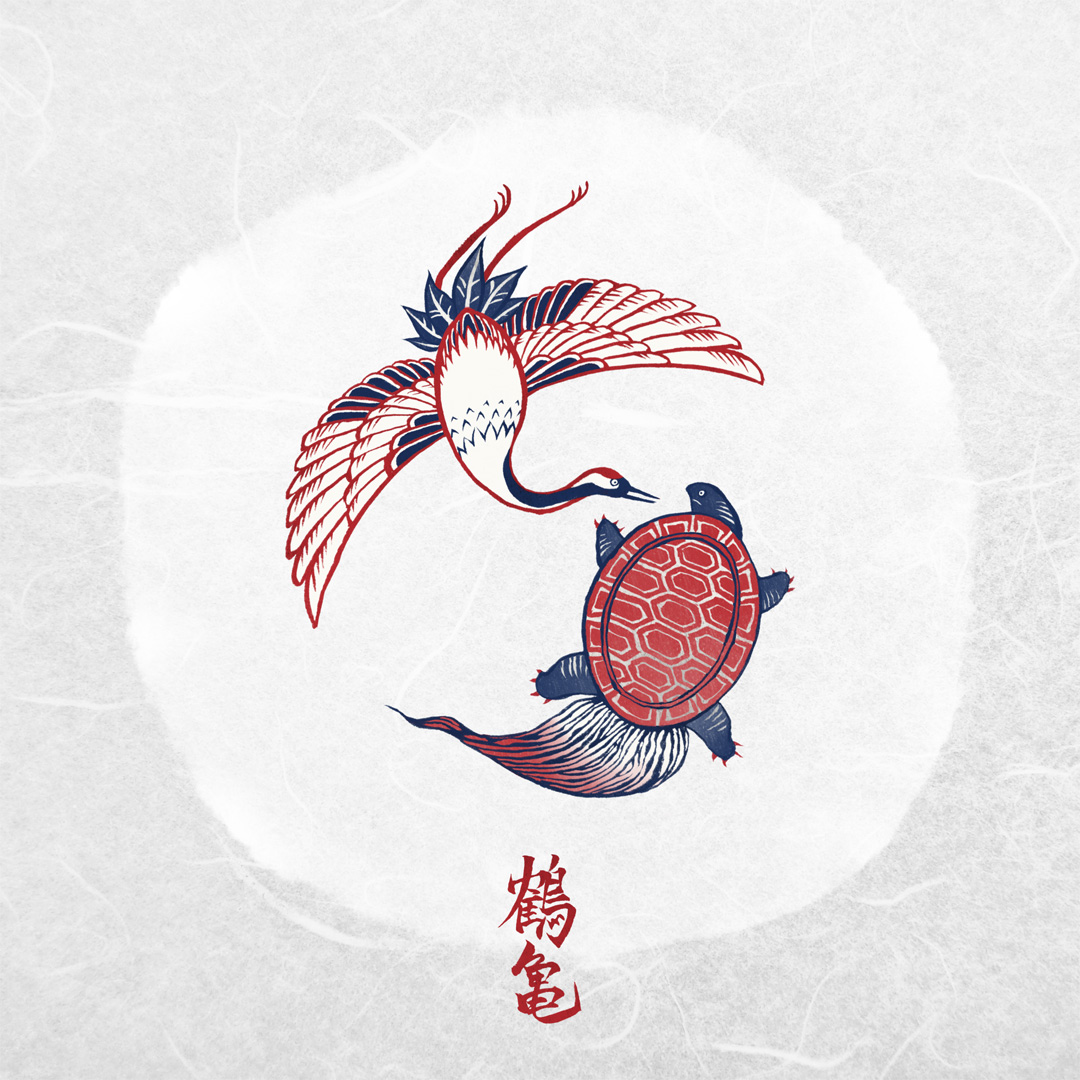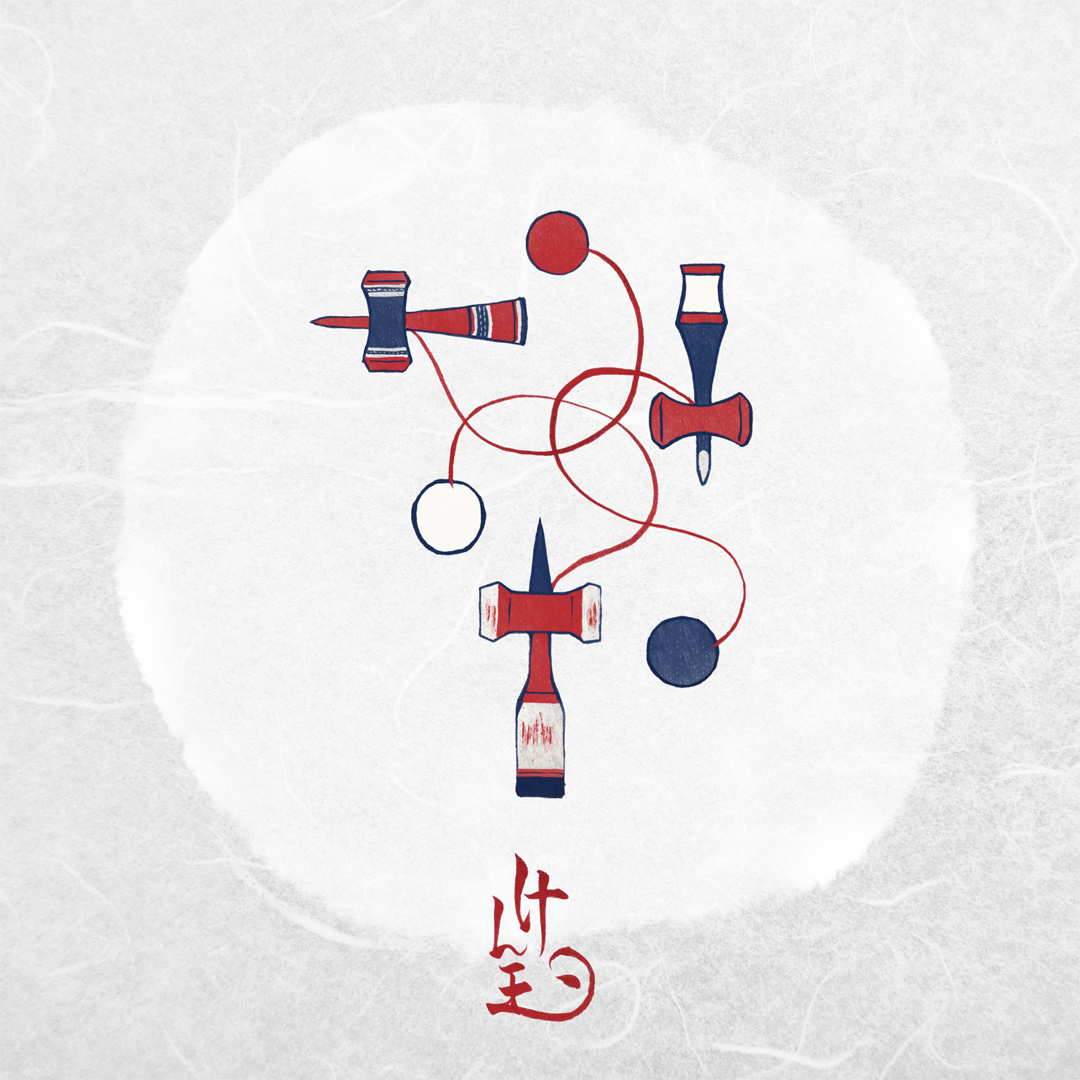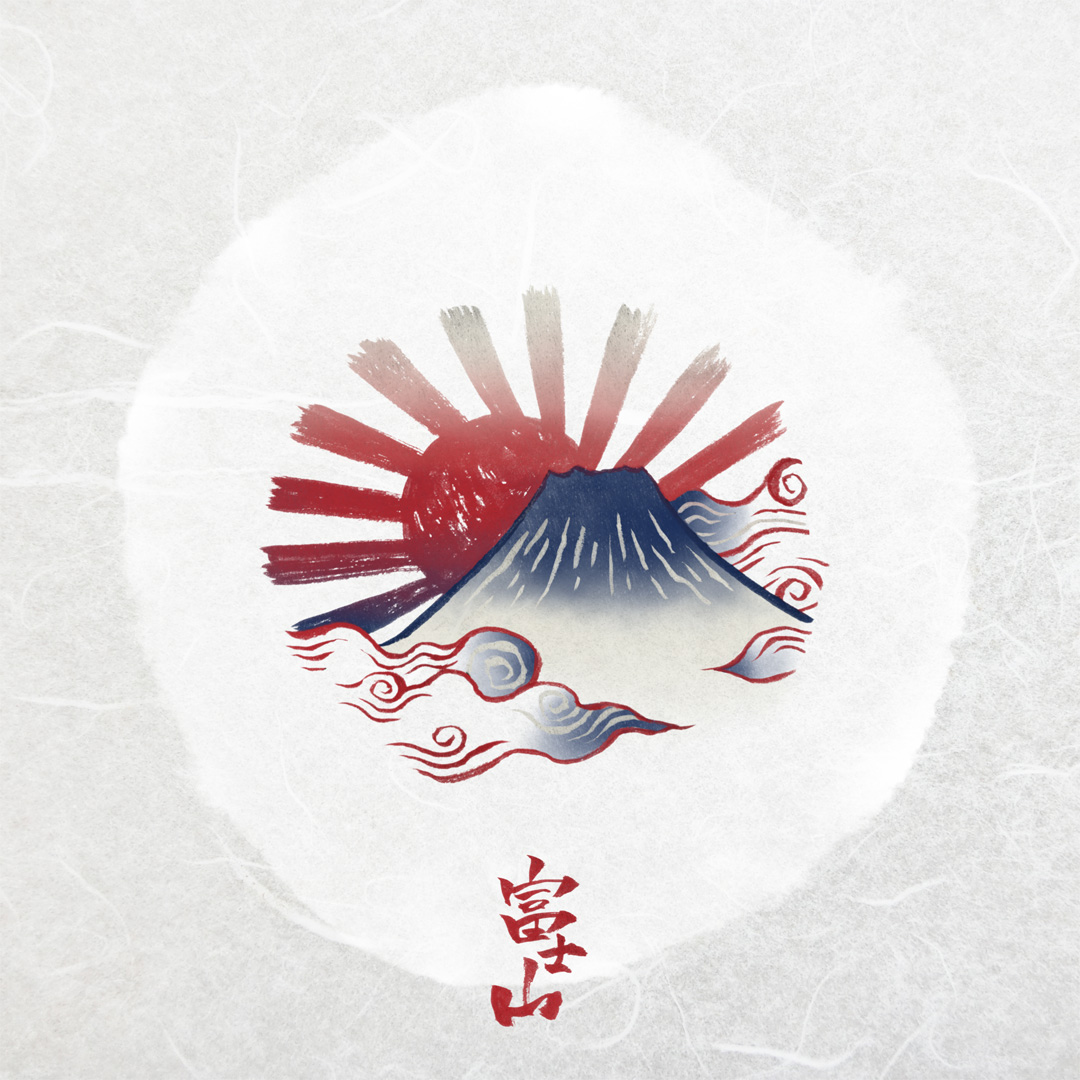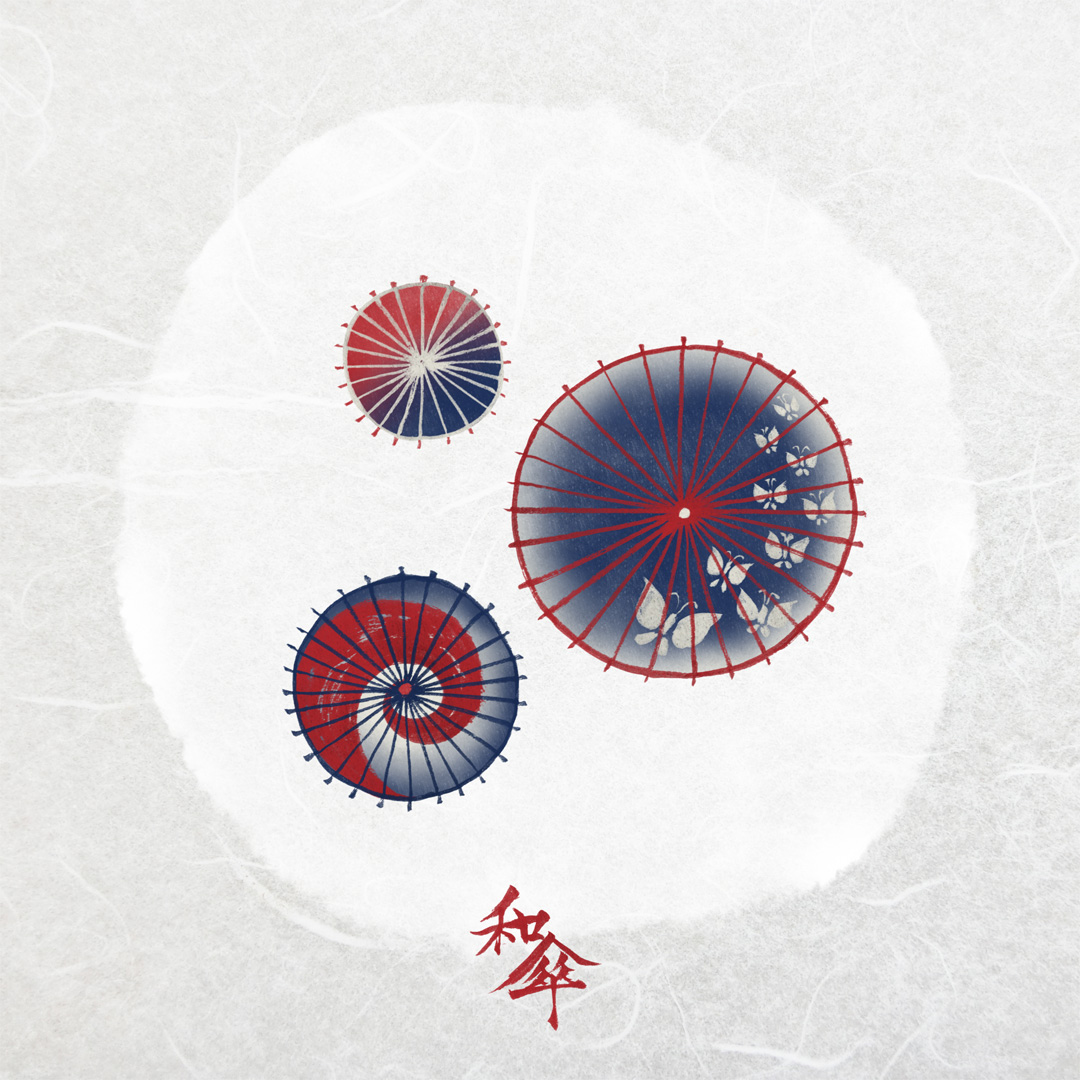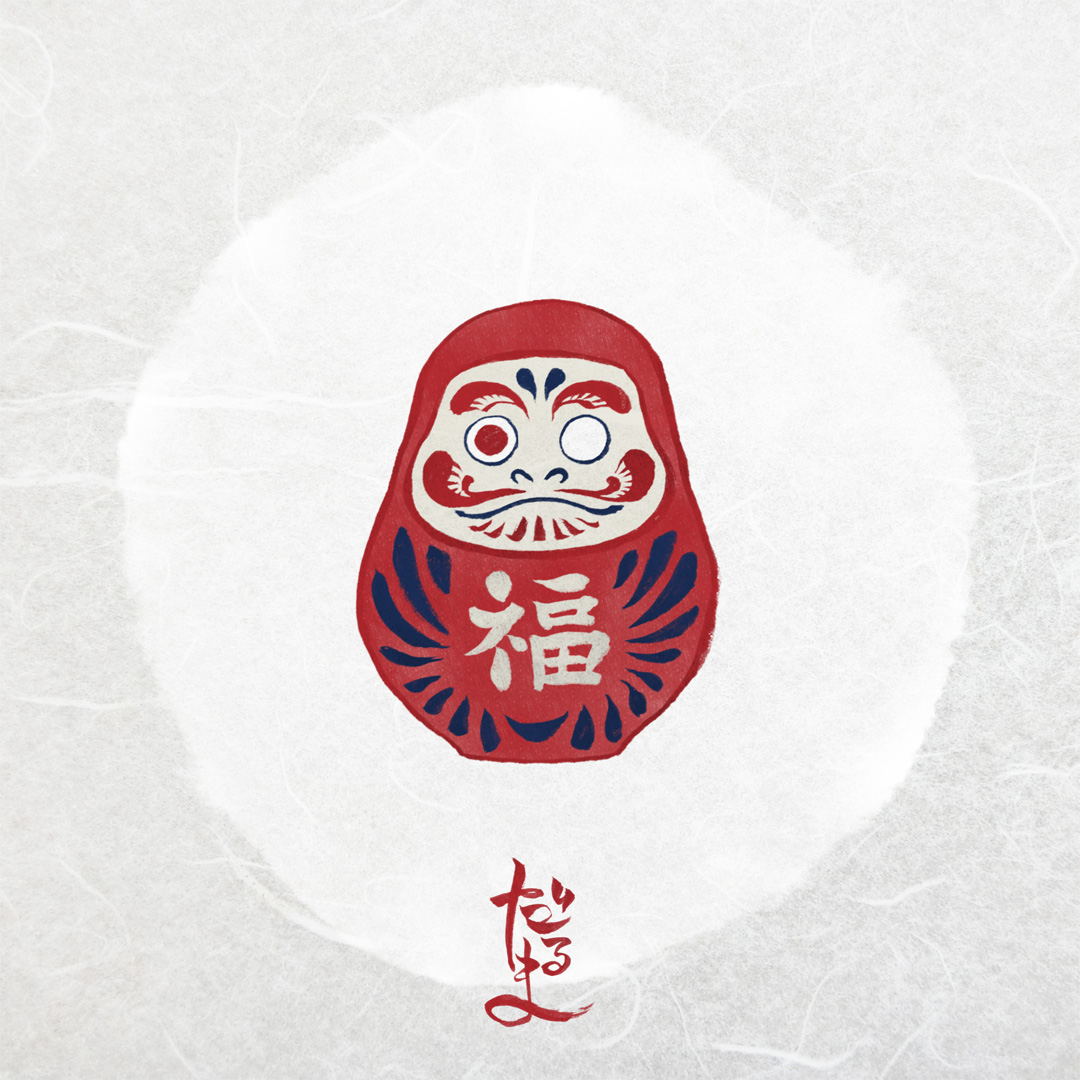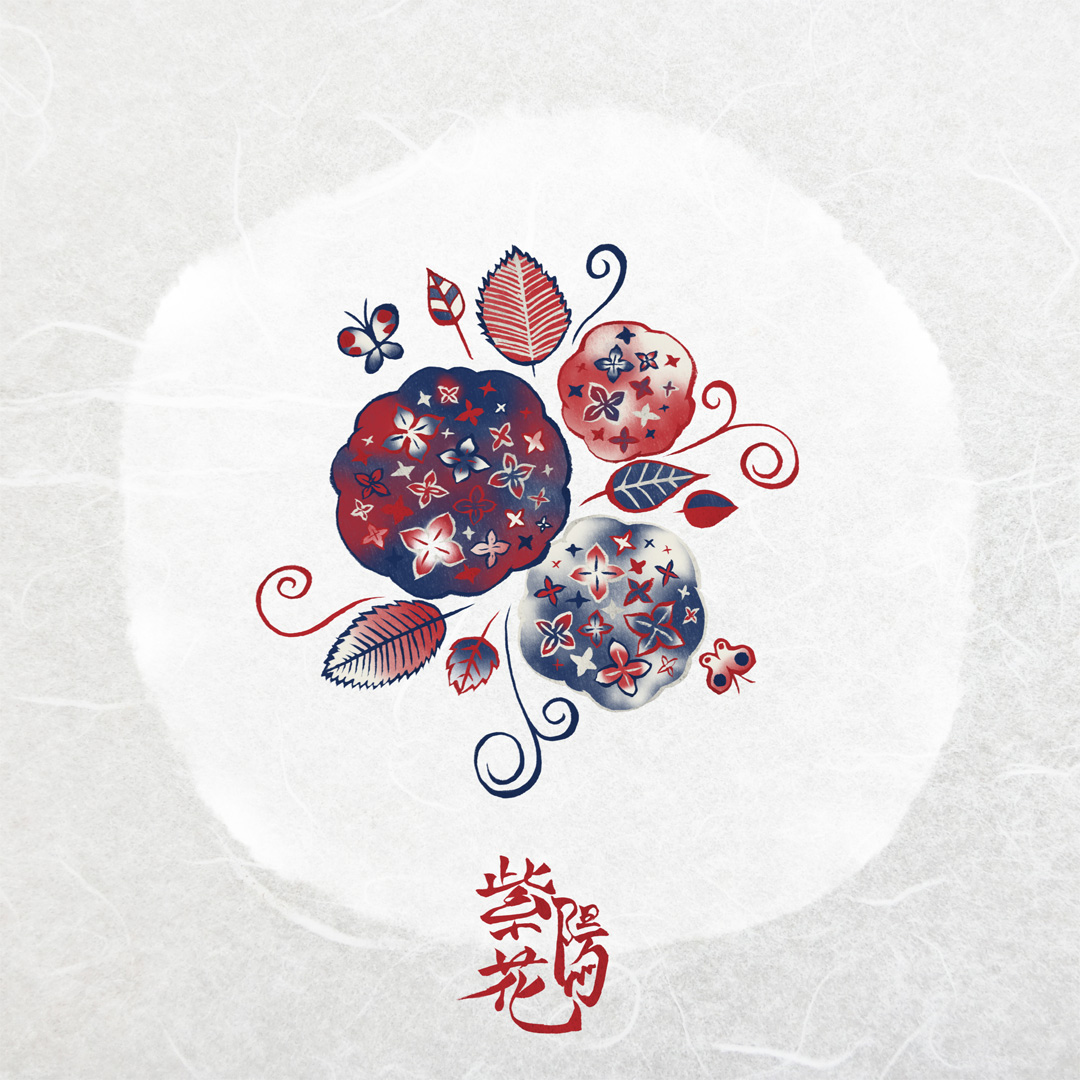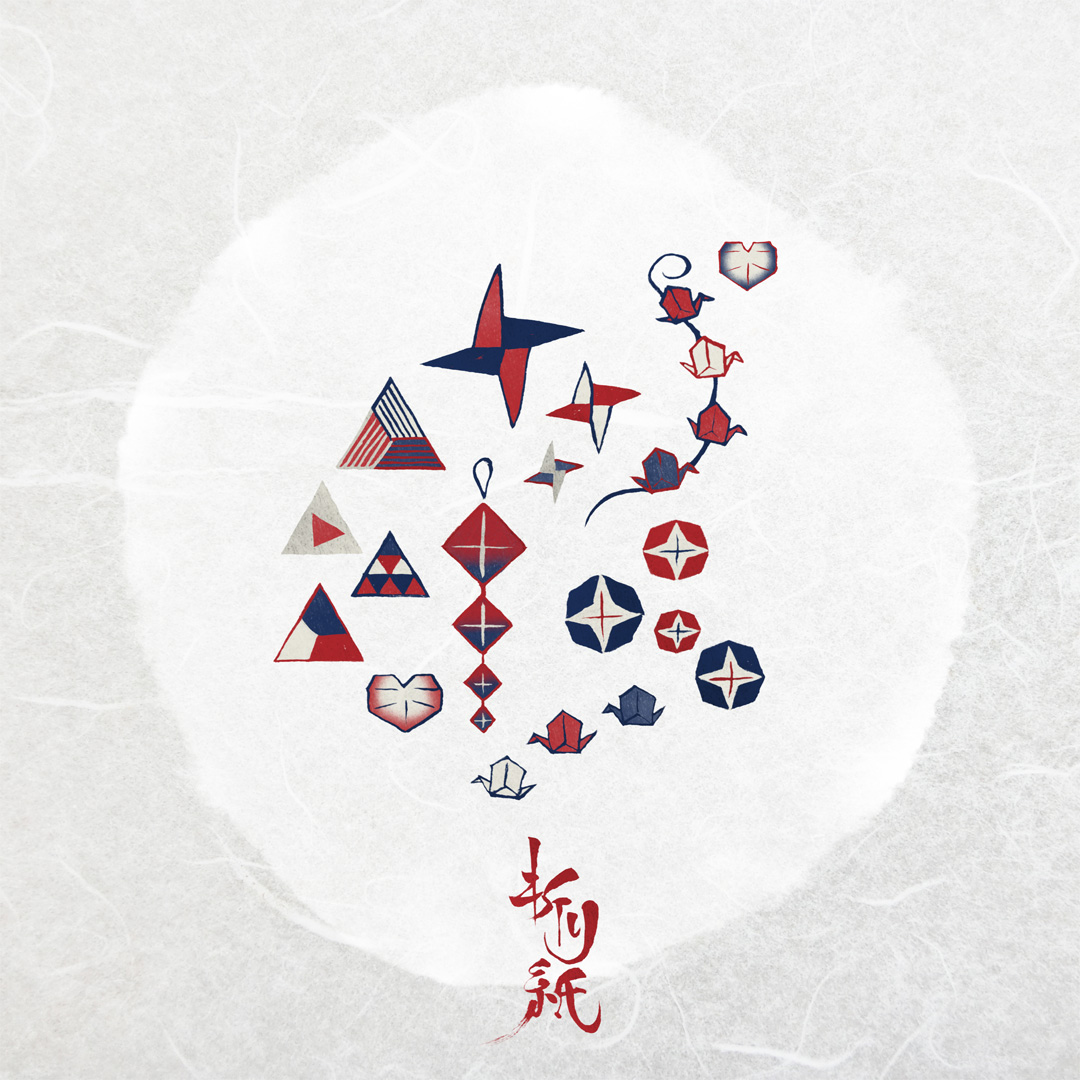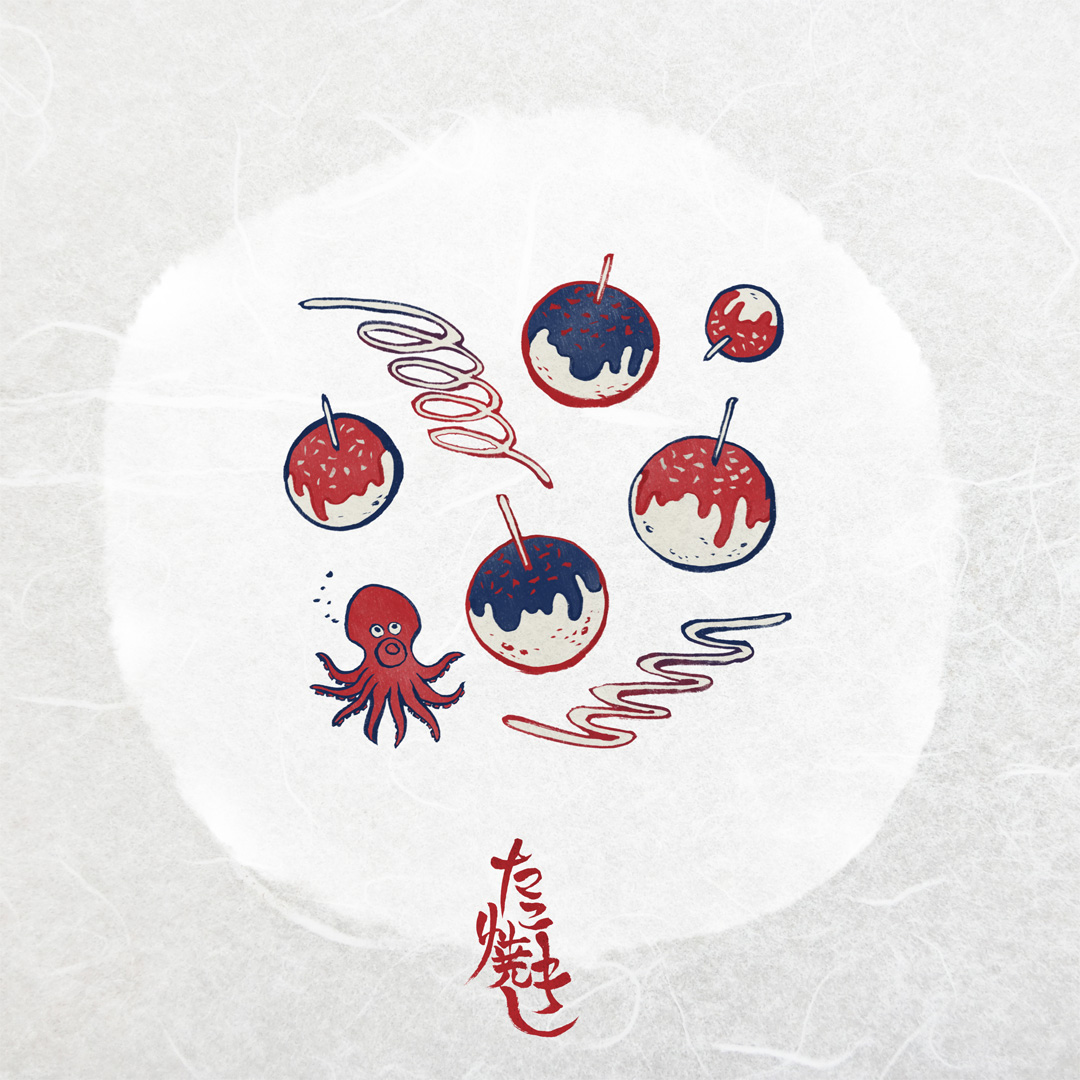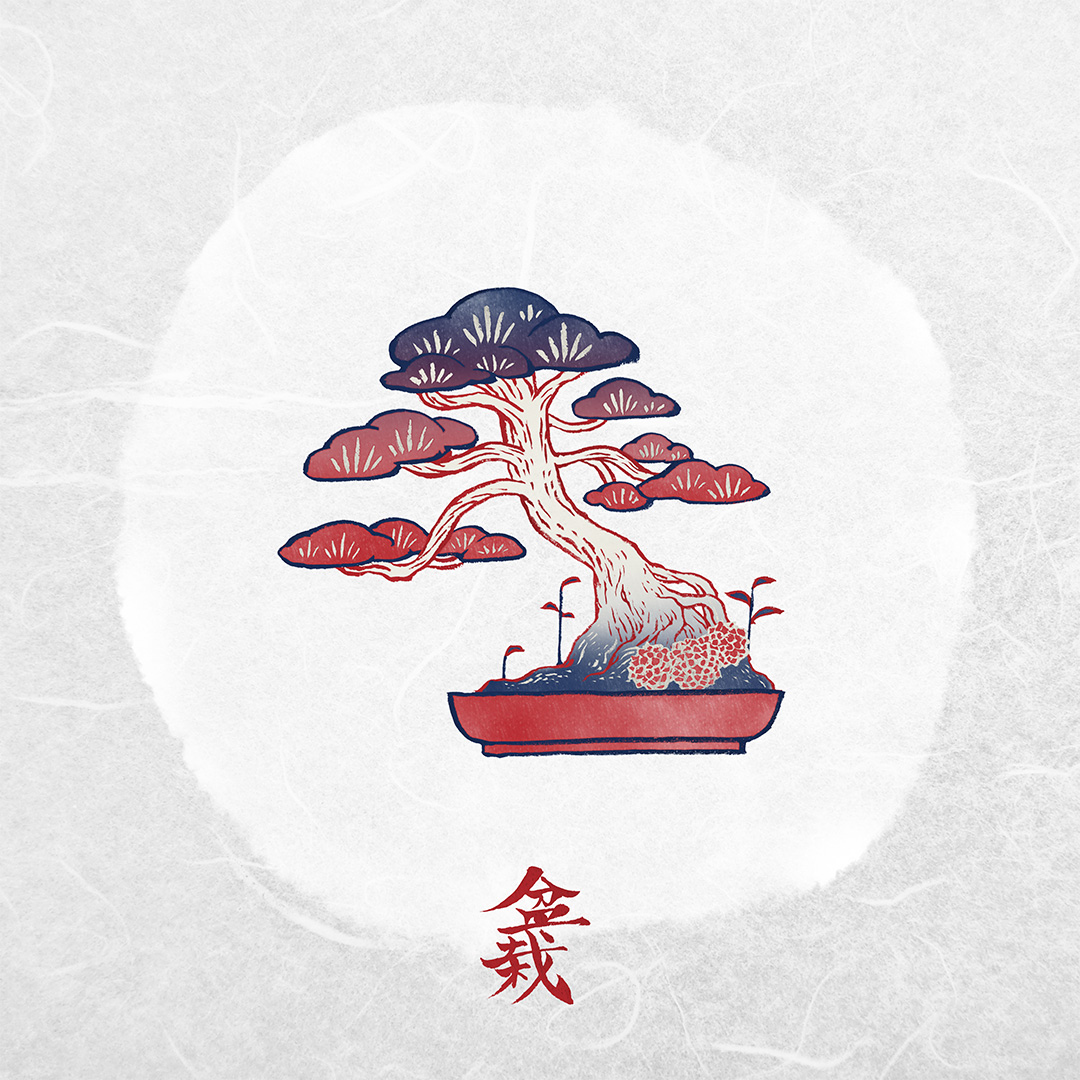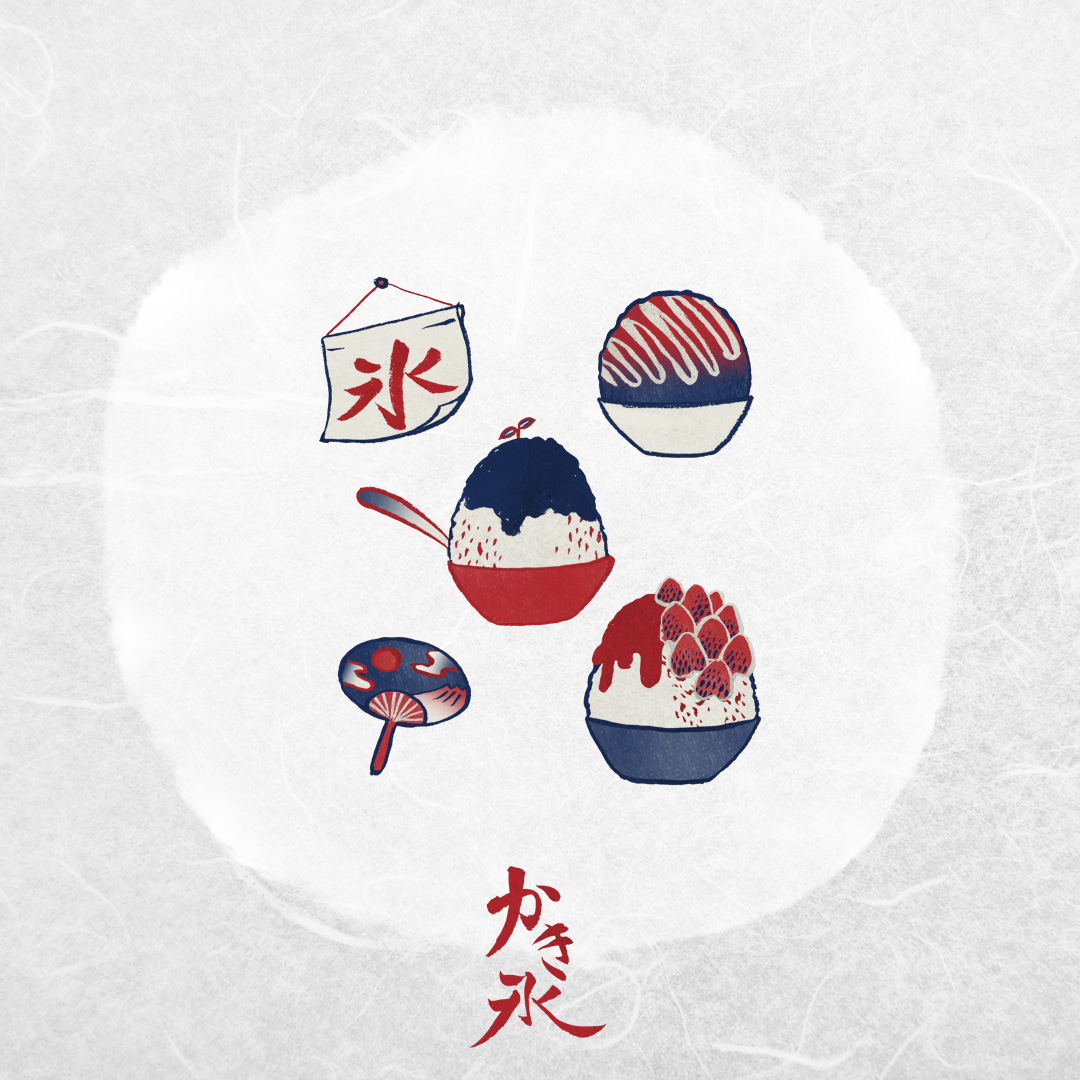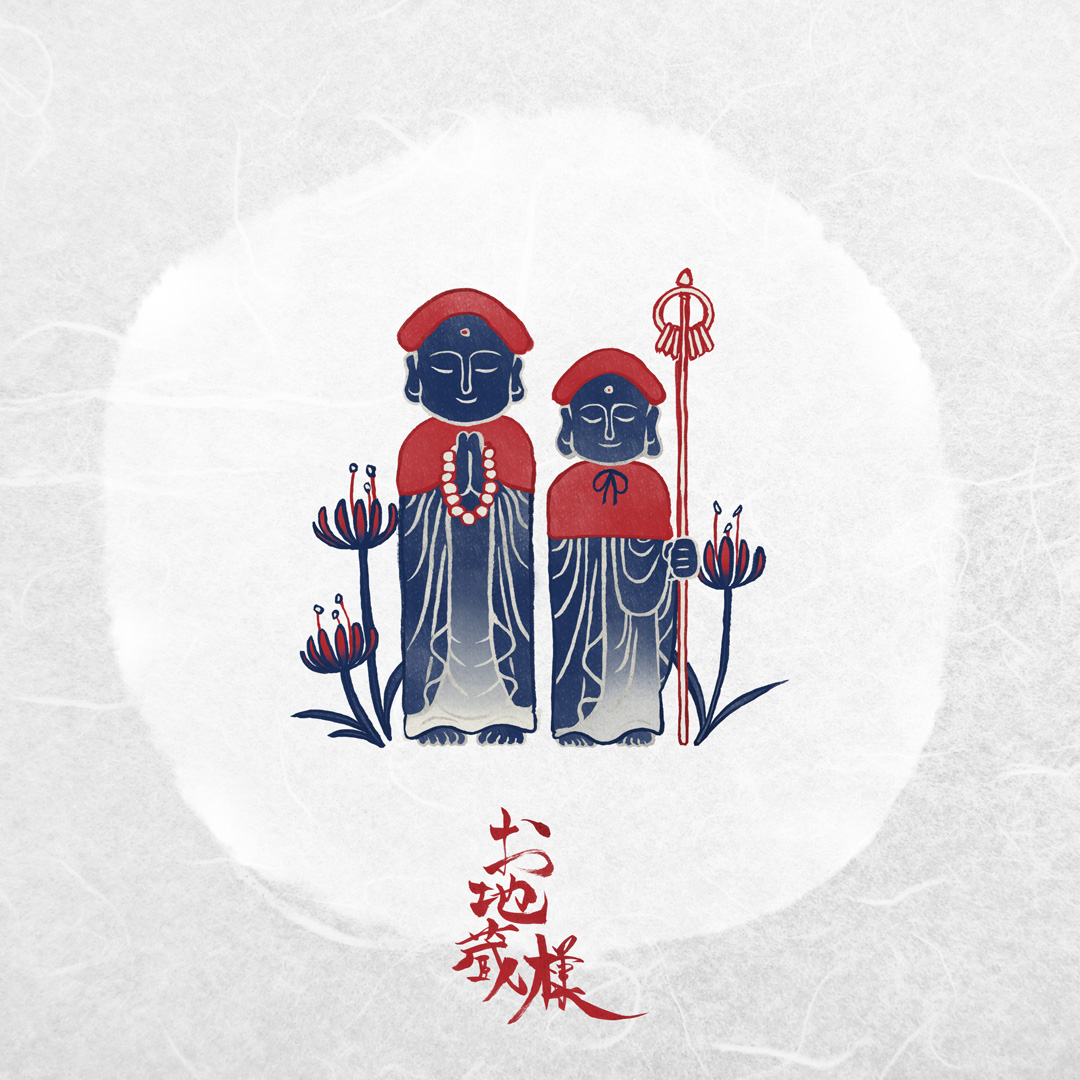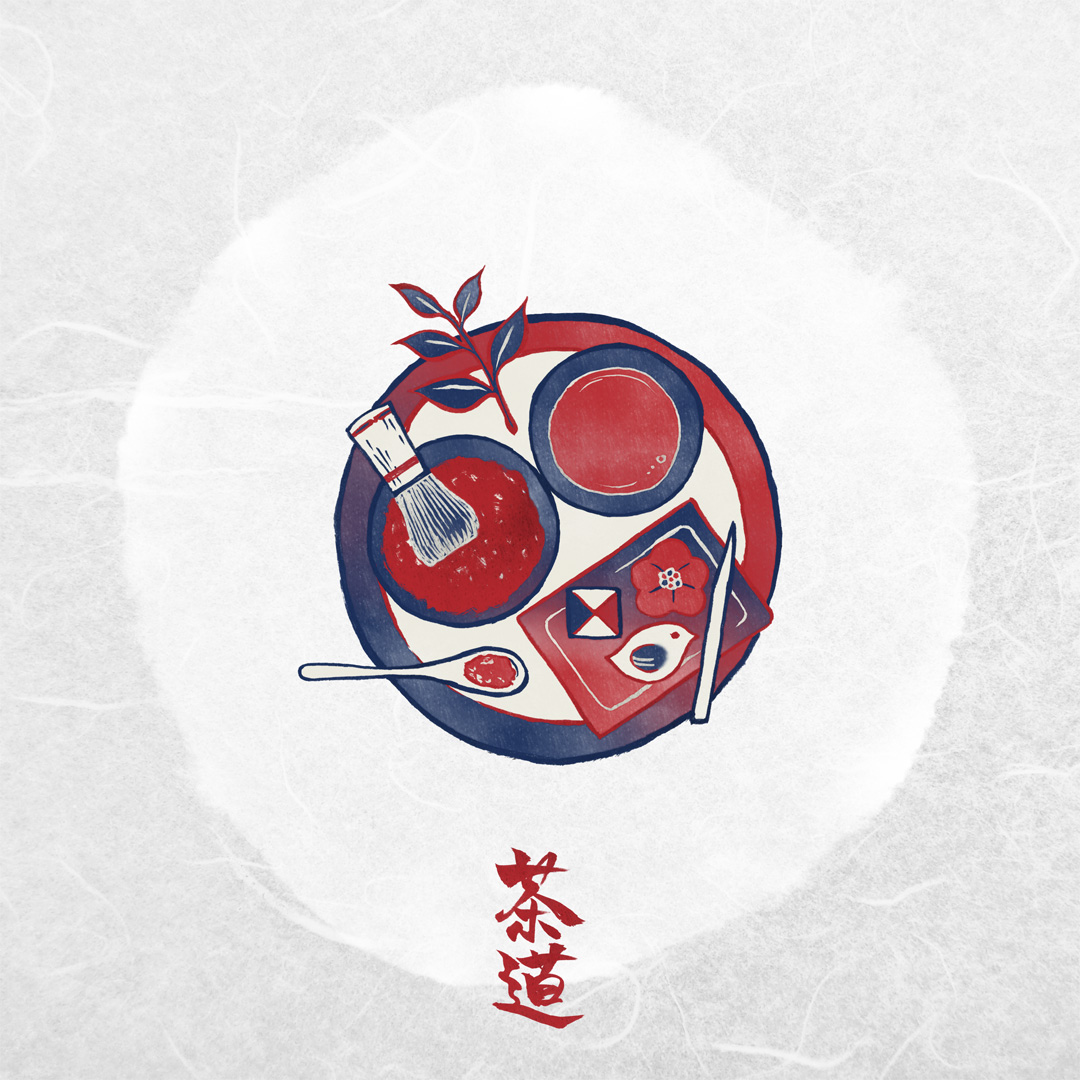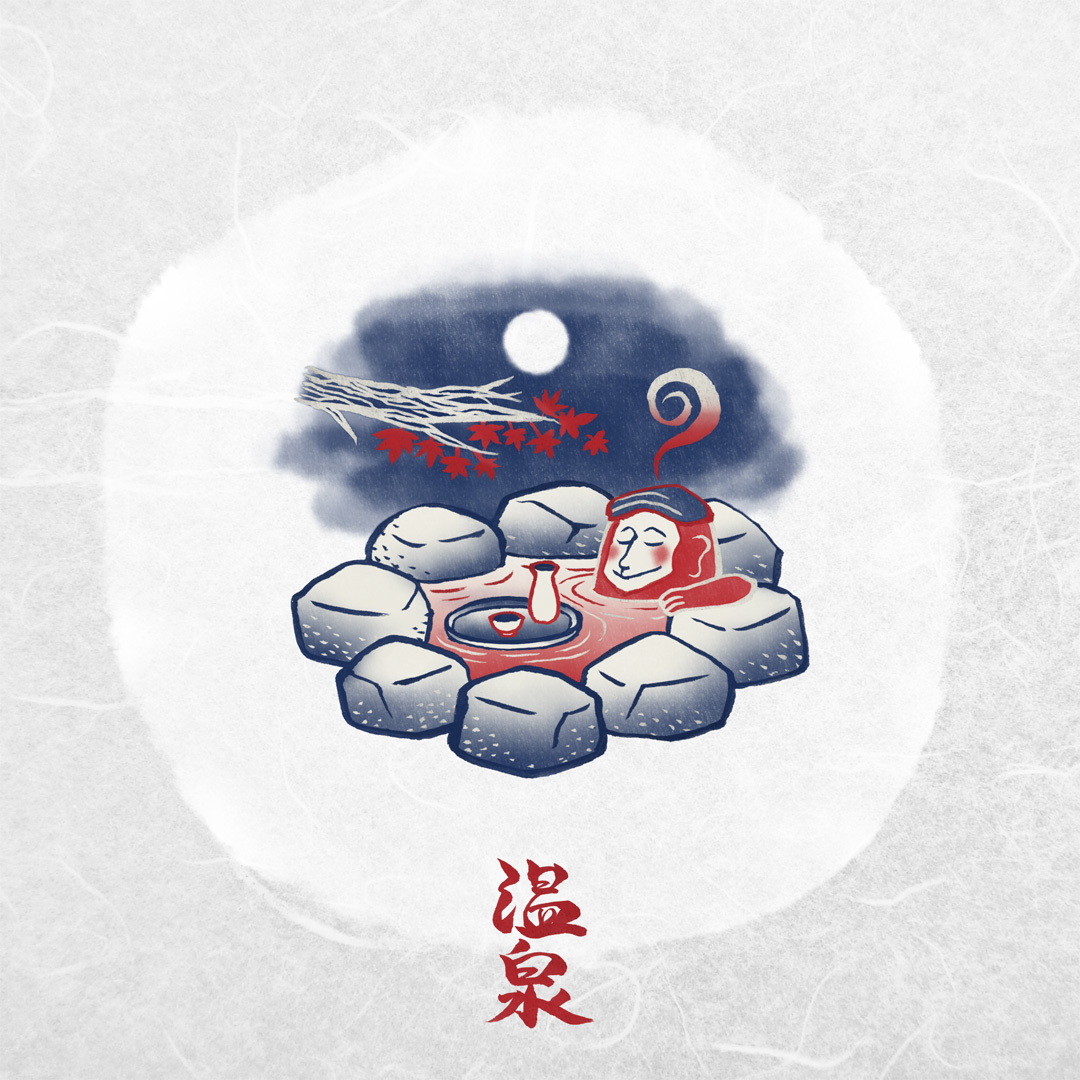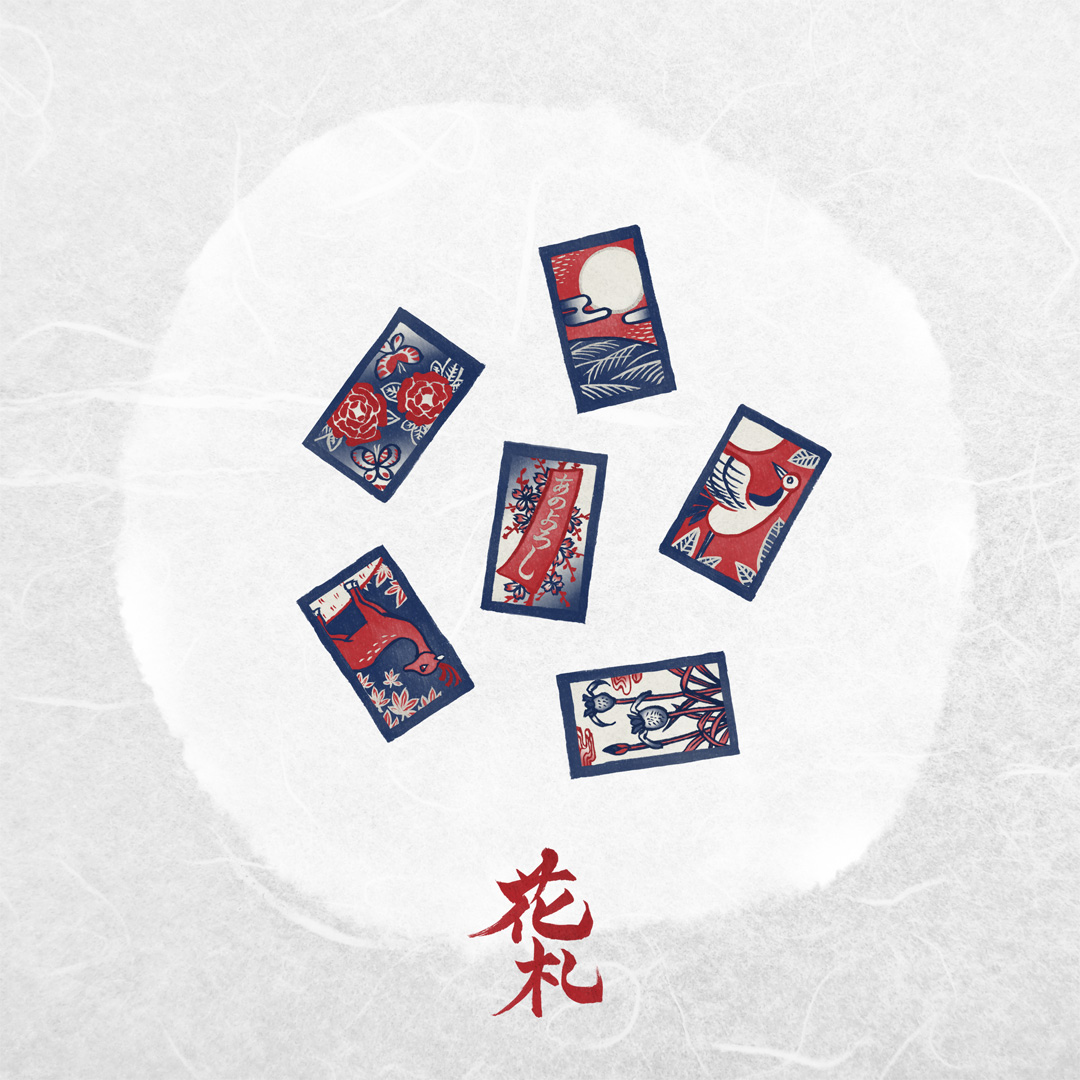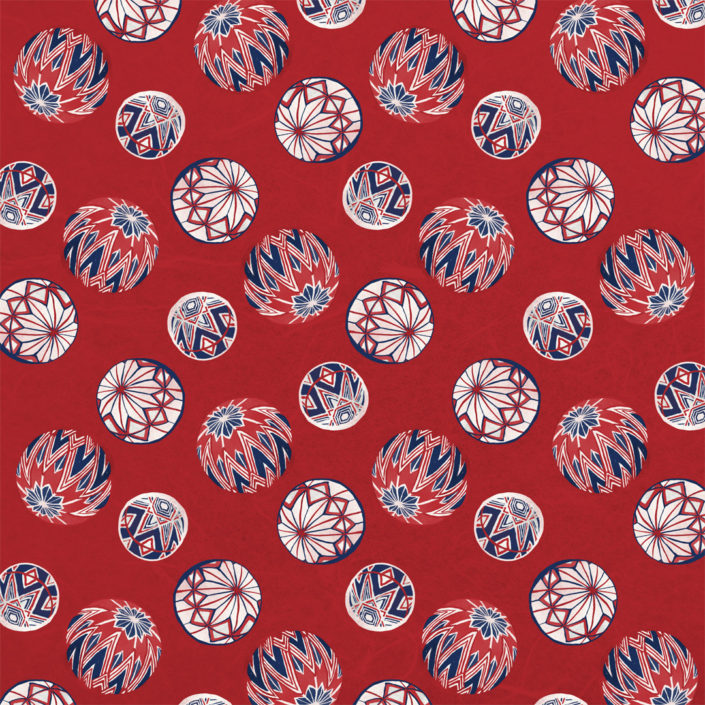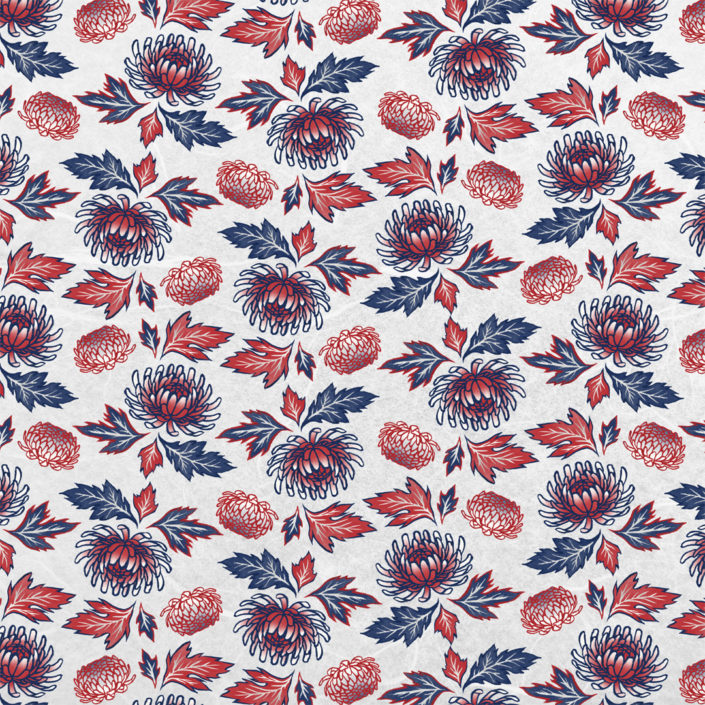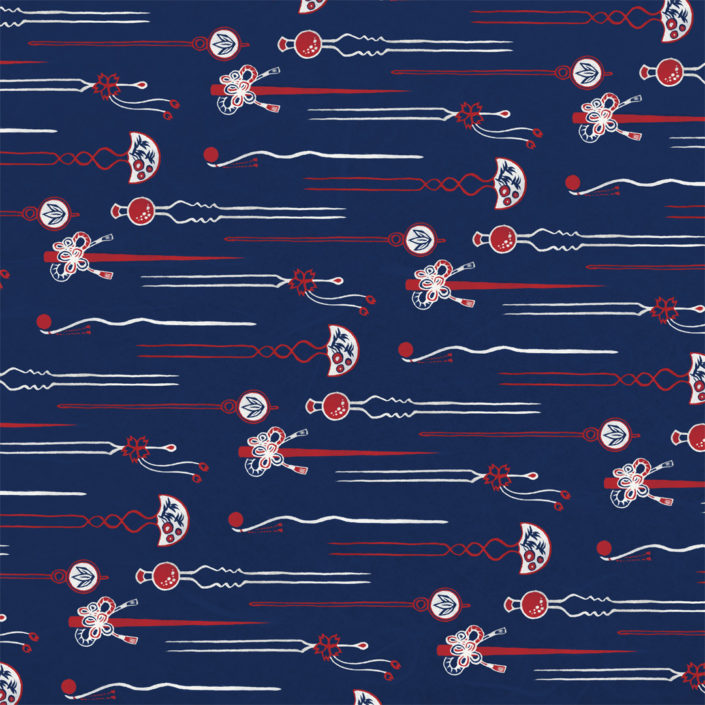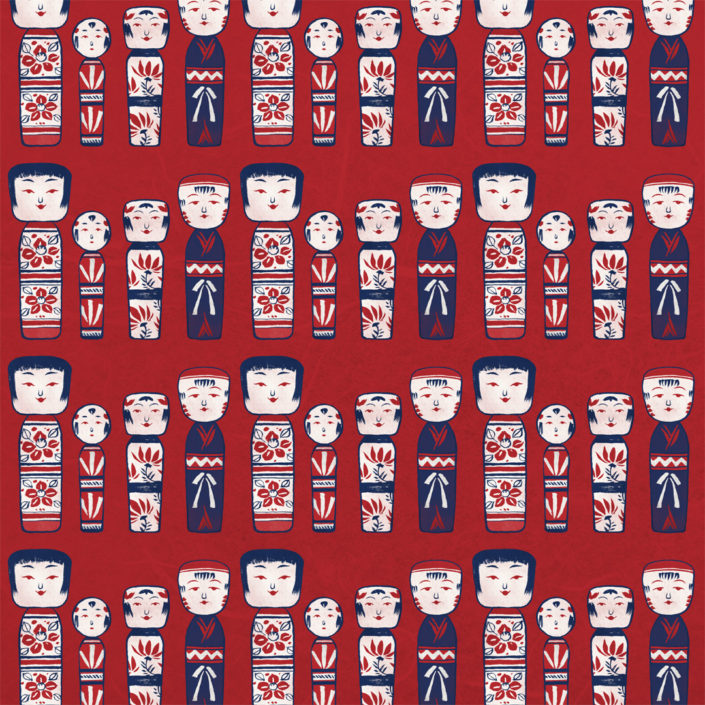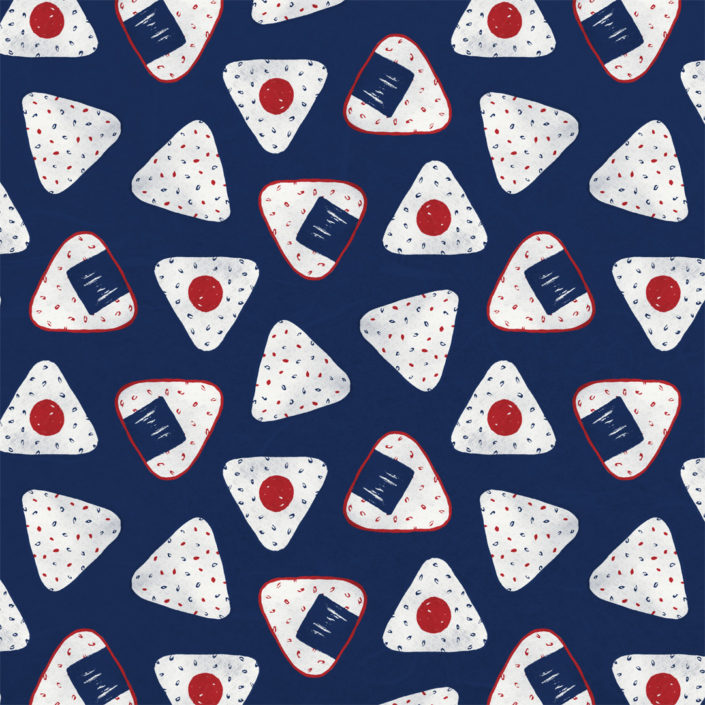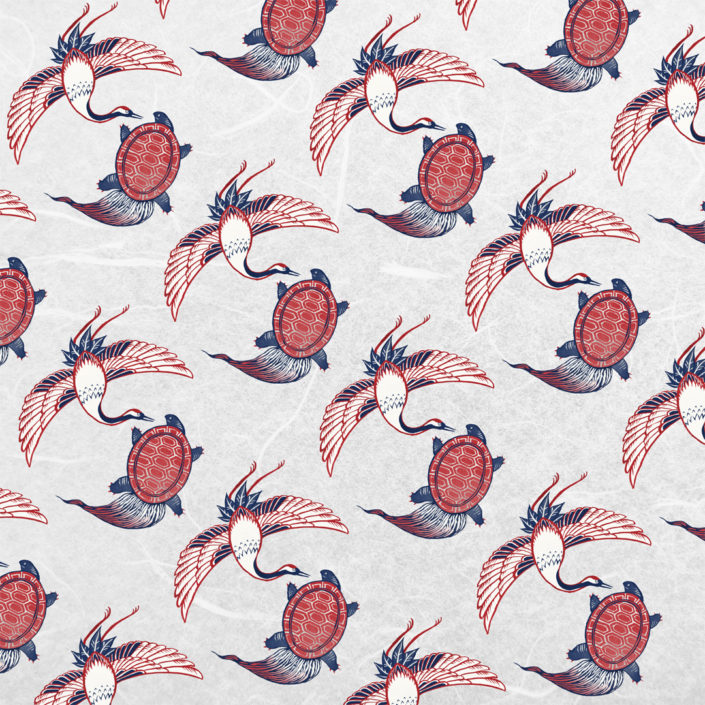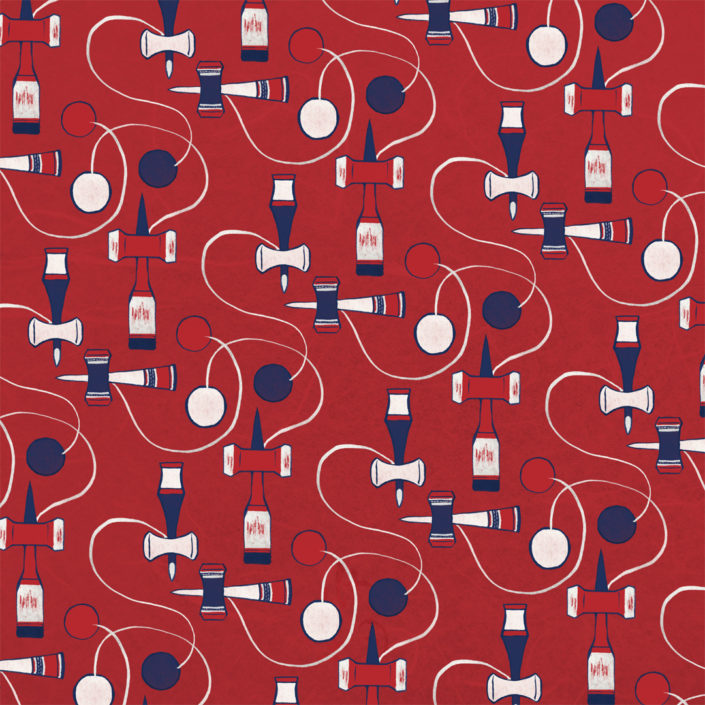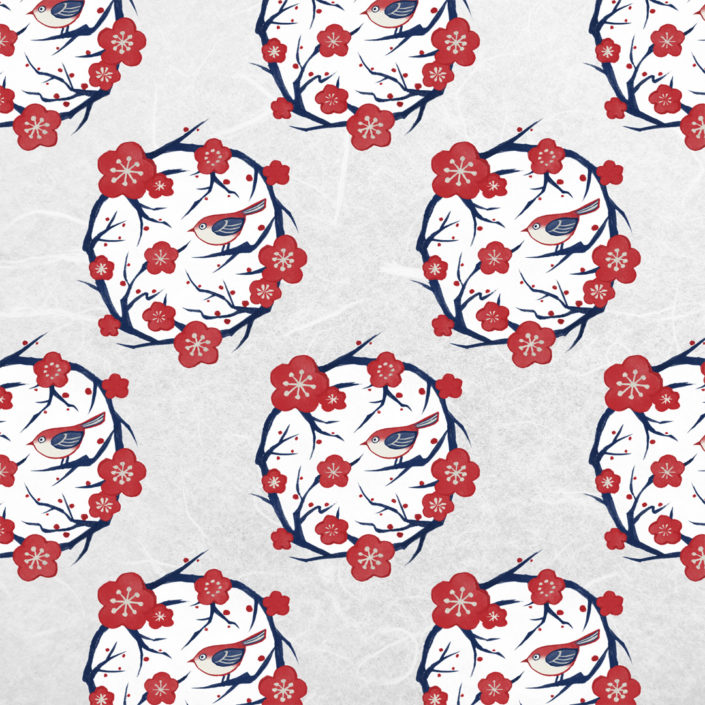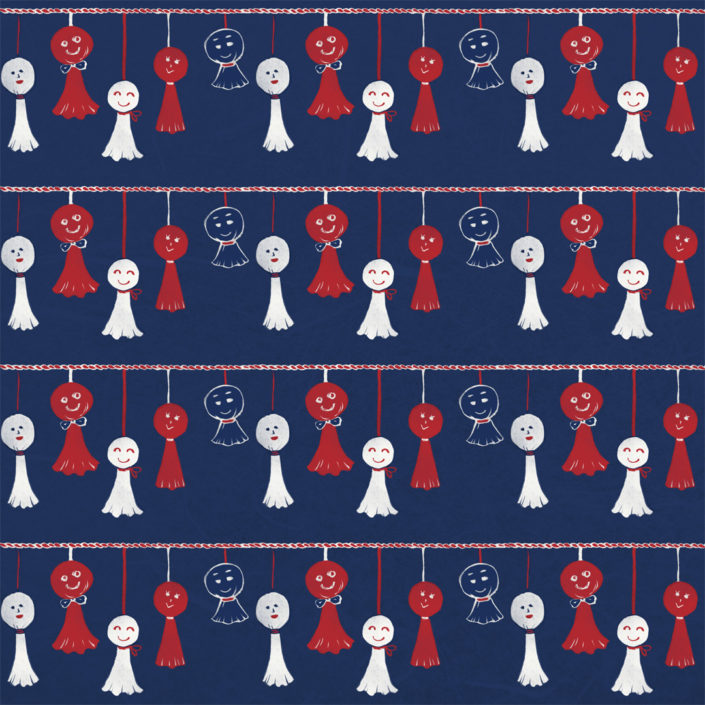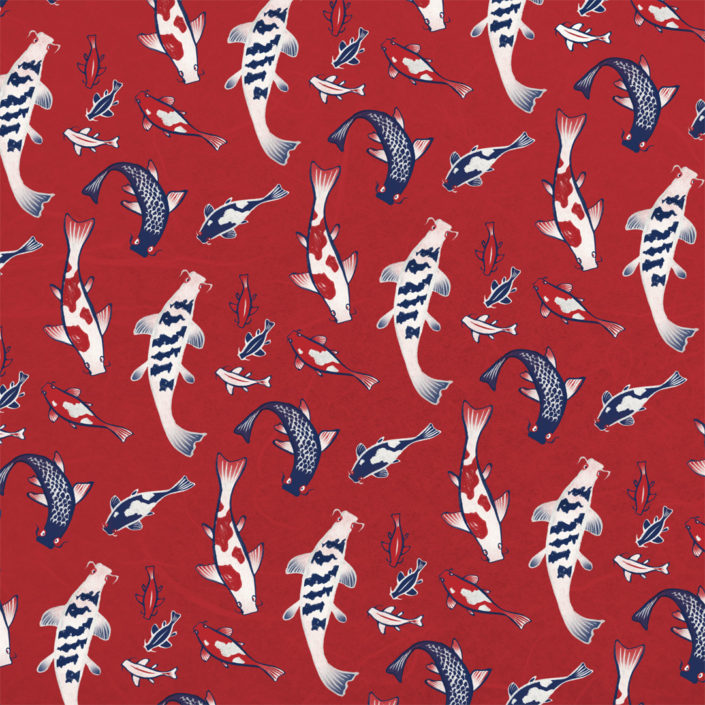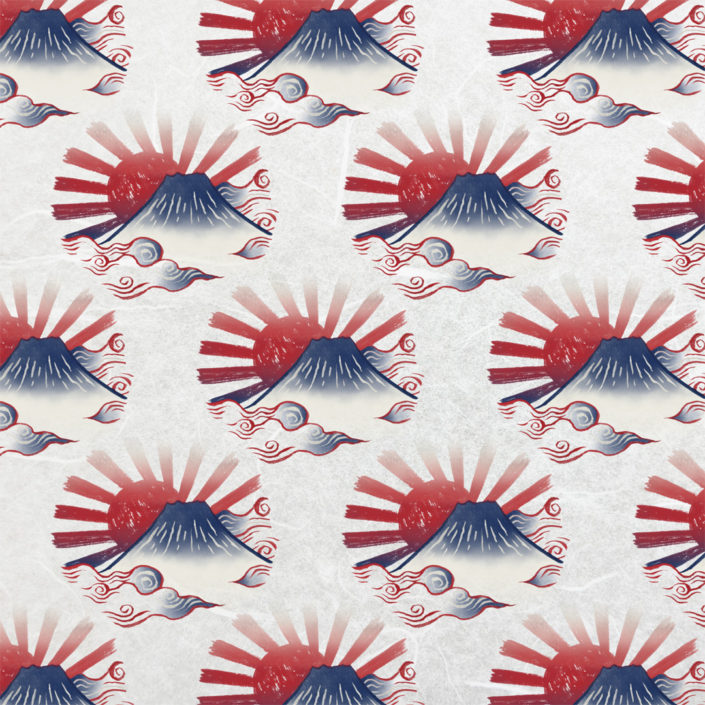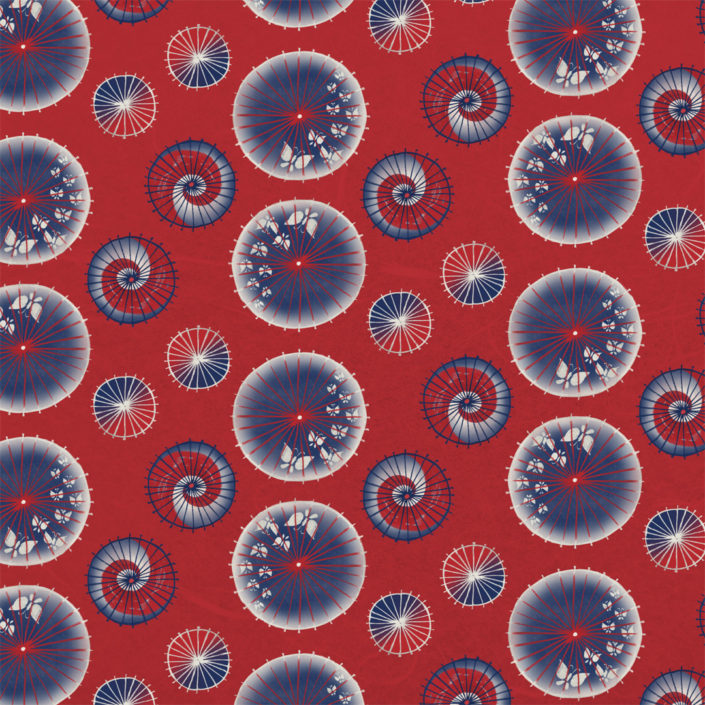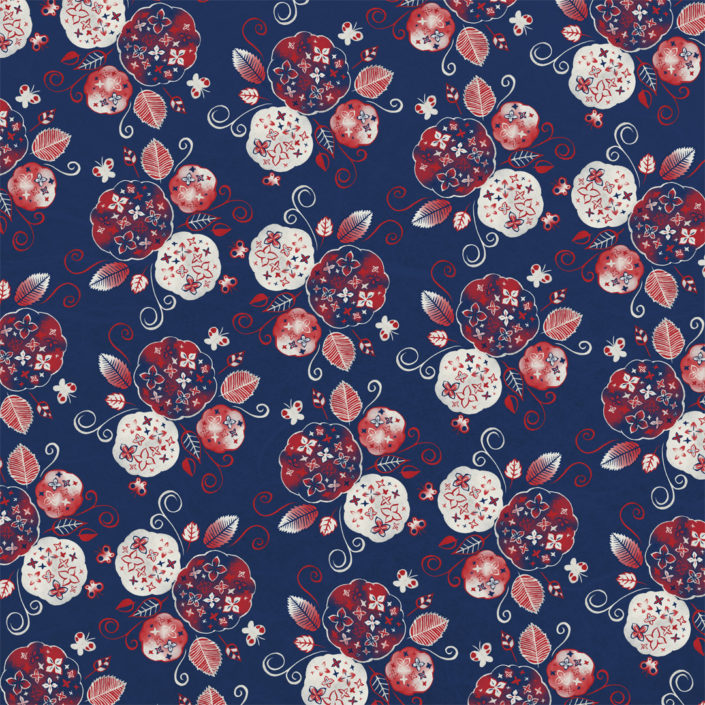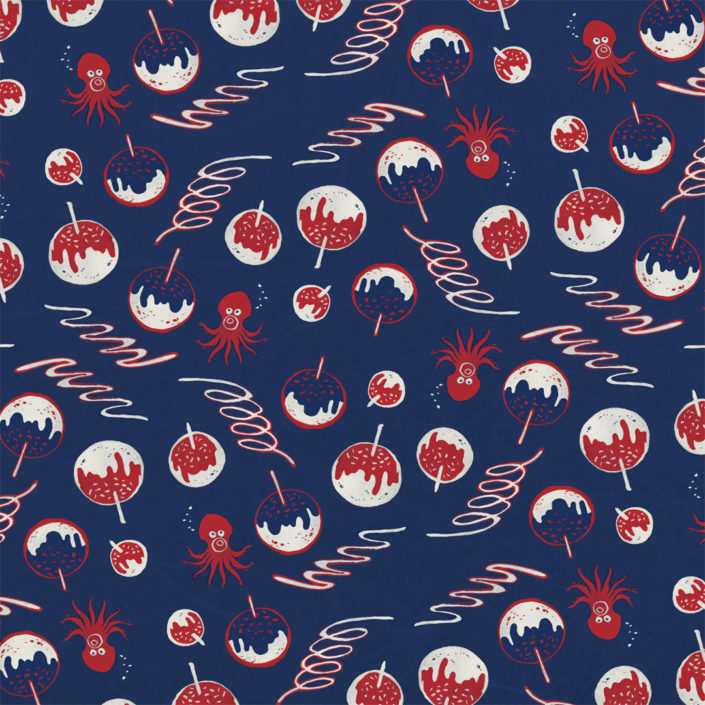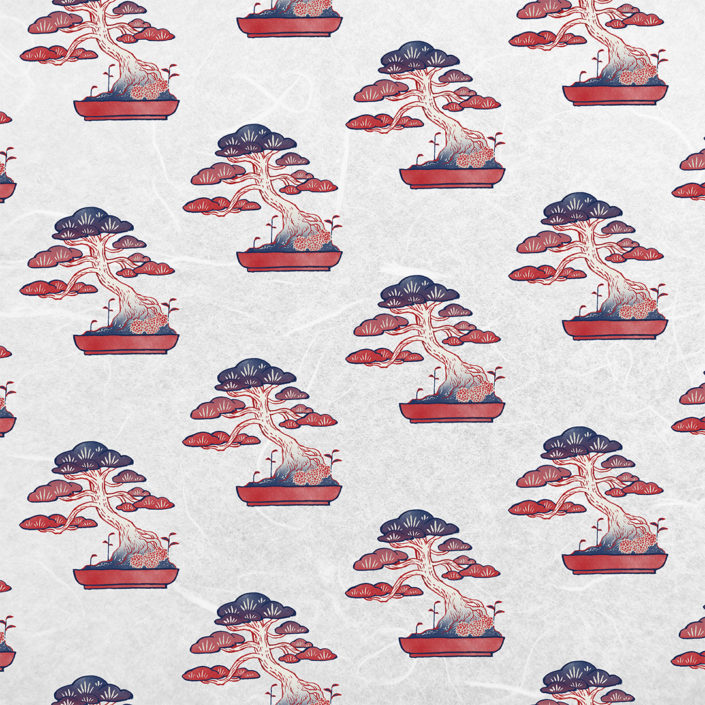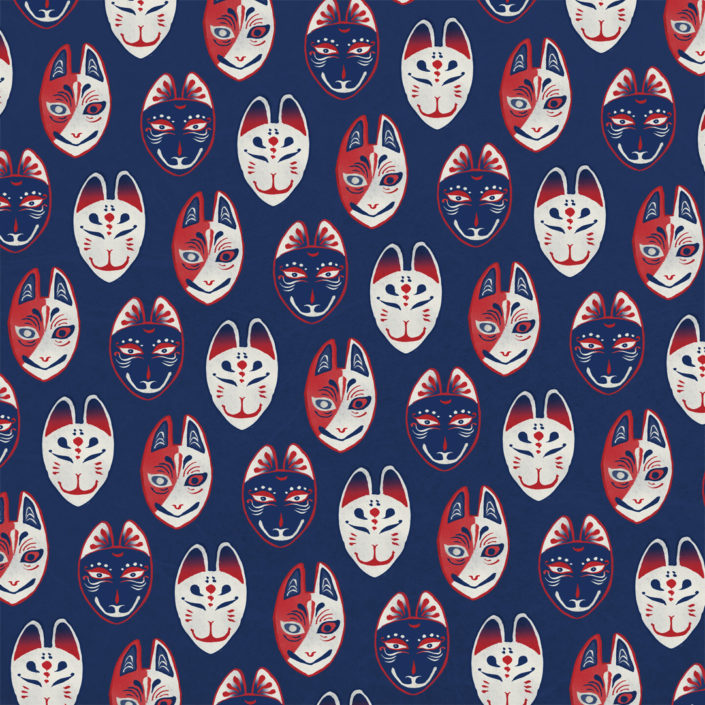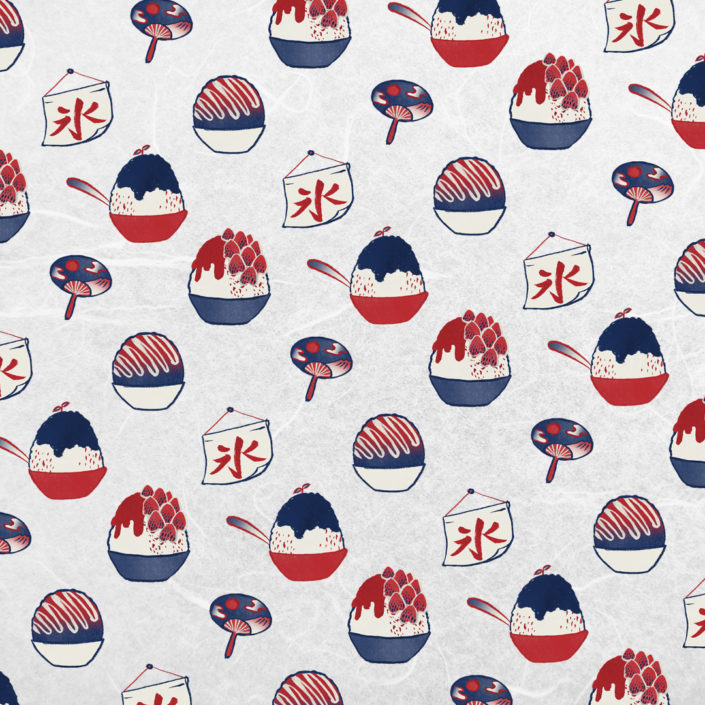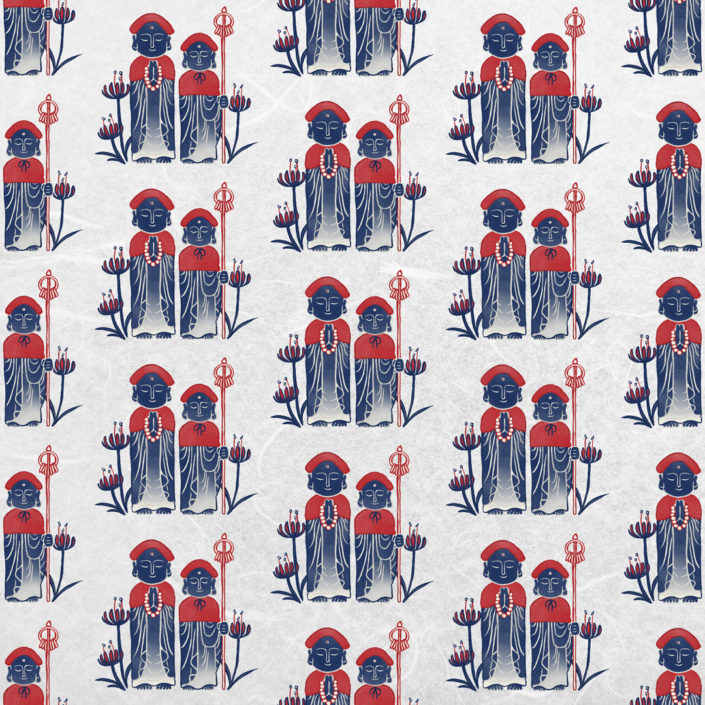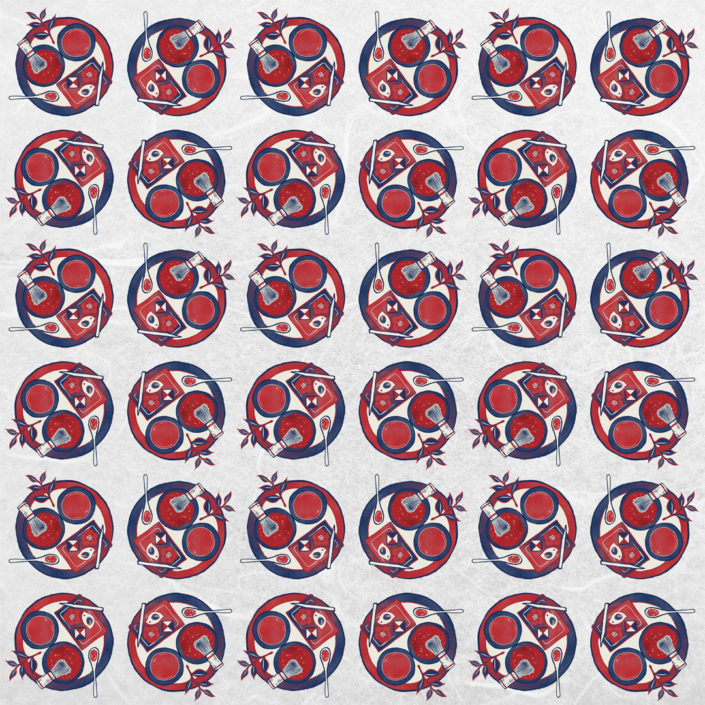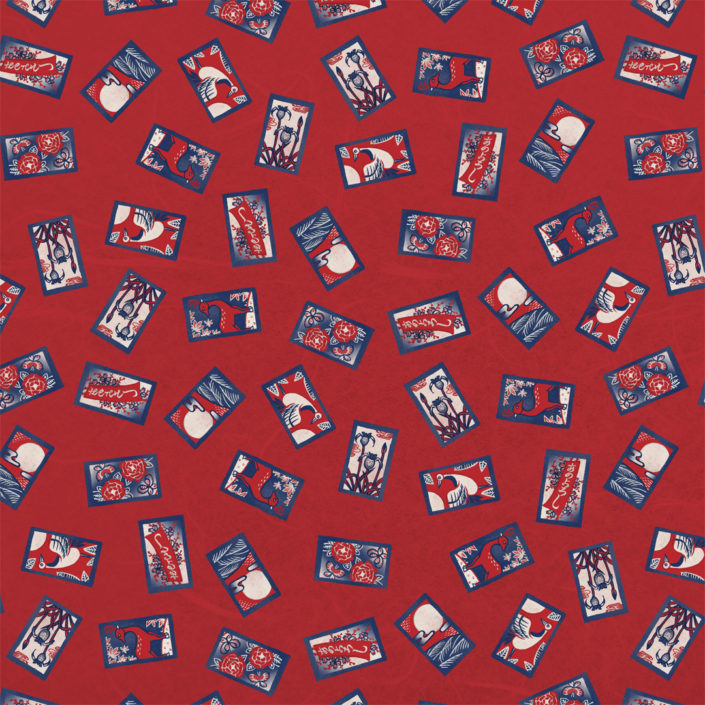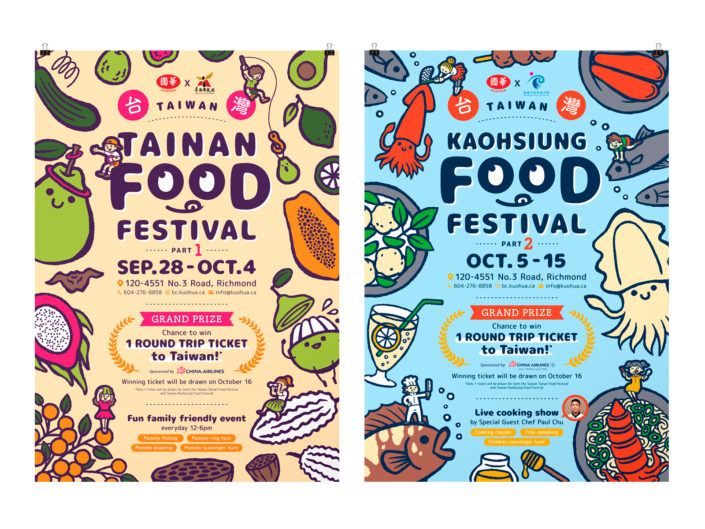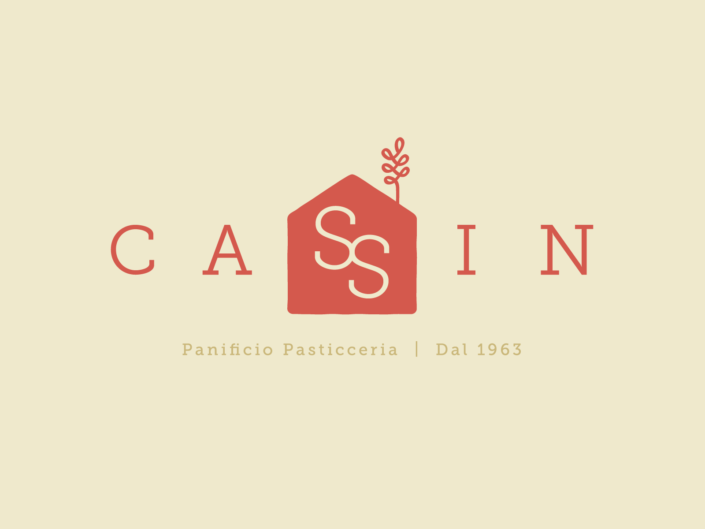Illustration Challenge - Japanese Culture
Illustration Challenge is an internet phenomenon among aspiring illustrators to create a piece of art under a specific theme every single day in a certain period of time.
I decided to draw something represents Japan which is ordinary stuff or thing for us but may not for others, and post it to Instagram with #illustrationchallengejapan for 30 days with a short description of what the illustration is, the cultural history behind and personal anecdotes.
Even though the popularity of Japanese culture mostly goes to sushi and manga, they’re not all about. I wanted to introduce more diverse, daily basis level of Japanese culture from the local’s point of view.
01 – Maneki Neko/Lucky cat (招き猫)
In Japan, the chances are you spot those lucky cat statues lazily waving raised paws in front of shops. They are believed to bring fortune to the owners – the cat rising the left paw brings more customers, and the cat rising the right paw brings more money.
02 – Temari (手毬)
Temari is one of the traditional fork craft and it means ‘Handball’. Those intricately decorated cotton balls are used for handball games among children in Mid-Edo Period in Japan.
03 – Kiku flower/Chrysanthemum (菊)
Kiku flower is the national symbol of Japan in which emblem or motif you can see everywhere in Japan from government documents to miscellaneous. Such as on Japanese passport front, the back of 50 yen coin, kimono patterns etc.
04 – Kanzashi (かんざし)
Kanzashi is a hairpin with small ornaments. Traditionally it used in Japanese traditional hairstyle with kimono setup, but nowadays it also used in casual occasions among young girls.
05 – Taiyaki (たい焼き)
Taiyaki is a fish-shaped cake and the most common filling is red bean(azuki) paste. It’s a popular snack mostly on outdoor occasions, and tastes like a pancake. Other fillings may be chocolate, custard, savouries and so on.
06 – Kokeshi (こけし)
Kokeshi is traditional wooden dolls made for children. It has dozens of variations in faces, sizes and body patterns. Even it is categorized as dolls, it doesn’t have both arms and legs.
07 – Onigiri (おにぎり)
Onigiri is Japanese rice balls mostly formed into triangular shapes with little fillings in it. The most common filling is a pickled ume(top right) and half wrapped in nori(seaweed). Gomashio(sesame seed and salt) taste is my choice to go!
08 – Tsuru-Kame (鶴亀)
Crane and tortoise, is a symbol of longevity and they believed to bring a good fortune. Both lives long life compared to other animals and cranes have only one partner in their entire life, making it a perfect symbol of a marriage.
09 – Kendama (けん玉)
Kendama(Ken = sword, Dama = ball) is a traditional cup-and-ball game. It’s popular among kids but good for adult too for a brain exercise. (Sadly, I can’t deal with this AT ALL.)
10 – Ume flower/Plum Blossom (梅)
Plum blossom, aka Japanese apricot or Asian plum, is bloomed at the end of January to March. It’s often be overlooked by tourists who come to Japan for cherry blossoms which season starts at the end of March.
11 – Teru teru bōzu (てるてる坊主)
Teru teru (照る=shine) bōzu (坊主=Buddhist monk) is a small fortune doll made of tissue papers or white cloth. Traditionally, old farmers made them to hang outside by the window with a wish to have a sunny day.
12 – Koi/Carp (鯉)
Japanese Koi / Carp, called Nishikigoi, are commonly seen in temple ponds and narrow river. They swim elegantly… while looking for something to eat.
13 – Fujisan/Mt.Fuji (富士山)
Undoubtedly, Mount Fuji is one of the important symbols represents Japan. The mount is watching us attentively from the above – so for us Japanese, Mt Fuji isn’t to ‘climb’ but to ‘see’ from below.
14 – Jyuugoya (十五夜)
Jyuugoya is Japanese mid-autumn full moon festival, also called Tsukimi (月見/Tsukimi).The traditions are to decoratie house and temples with susuki(pampas grass) and eat mochi(rice cakes) while watching the full moon to celebrate the night.
15 – Wagasa/Oil-paper umbrella (和傘)
Wagasa is Japanese oil-paper umbrella and commonly used with traditional kimono attire. It has numerous patterns and colours and the combinations with kimonos are endless.
16 – Daruma doll (だるま)
Daruma doll is a traditional Japanese doll and a symbol of good luck. It’s modelled after the founder of the Zen tradition Bodhidharma, thus it has an old man’s (scary)face. The eyes are both blank when it’s sold and the buyer will paint both eyes(called 眼入れ = Grant the eyes) in different occasions.
17 – Ajisai/Hydrangea (紫陽花)
Ajisai flower blooms in the rainy season in Japan which starts from late June to lasts in the middle of July. Raindrops on petals and leaves enhance its elegance.
18 – Shiba inu/Shiba dog (柴犬)
Japanese native dog Shiba is undoudtfully our favorite. Originally bred for hunting, he/she has a good nature of loyalty and very affectionate for his/her master. The tale of Hachi-ko statue is not a myth!
19 – Origami (折り紙)
Origami is a beautiful art form of paper folding. We learn and practise how to make the crane in childhood and it’s a no-no to use scissors and/or glue in the process but only human hands.
20 – Takoyaki (たこ焼き)
Takoyaki is soul food for all Osaka natives. This ball-shaped snack is filled with a piece of octopus leg in it and served with a special spicy-but-sweet sauce and mayo. There’s at least one of home-use takoyaki machine at all family homes in Osaka(true story).
21 – Bonsai (盆栽)
Potted little beautiful tree – like the smallest art form of universe you could make in your hand. This is typically what people get into it when retired as new hobby (There’re many bonsais at my grandpa house).
22 – Kitsune Men (狐面)
Kitsune(fox) Mask is popular as a part of the costume in Japanese summer festivals. Traditionally they are worn by actors performing a role on the stage in theatre dance performances, such as Noh theatre. Other masks include oni, tengu and hyottoko.
23 – Kakigori/Shaved Ice(かき氷)
Kakigoori is a Japanese summer dessert made in crushed/shaved ice and syrups, sometimes topped with pieces of fruits. Popular flavours include strawberries, mango, matcha with red-azuki beans and small rice cakes.
24 – Ohajiki (おはじき)
Ohajiki is a traditional children’s game. It is named after the way to play with coin-shaped pieces that snapping(はじく). The pieces are mostly made of glass with intricate and colourful patterns in it. The patterns are limitless and it’s also fun to collect dozens of them.
25 – Ramen(ラーメン)
Japanese noodle ramen takes the 2nd place of popular Japanese food in the world followed by sushi (I think)! Choosing the right broth is the point to enjoy an authentic taste. And, It’s okay to make sounds when you eat. I know it may sound weird for some of you but we Japanese go wild sometimes.
26 – Ojizo-sama (お地蔵様)
Ojizo-sama(or simply Jizo) is Buddhist guardian deity and can be seen all over Japan – temples, roads and corners. Some Jizo wears a red hood and a bib like a baby in which Jizo is believed to protect from disasters.
27 – Kingyo/Goldfish (金魚)
Pretty goldfishes bring a breeze in a hot and humid summer in Japan. It can be seen the most in summer festivals in scooping game (called Kingyo sukui – believe me, it’s damn difficult)
28 – Sadou/the Way of Tea (茶道)
Japanese traditional tea ceremony, also called ‘the Way of Tea’, is one of the important cultural activity continues from the ancient times. It has become a populer cultural experience for tourists and surely one of the best practical ways to experience Zen Buddhism.
29 – Onsen/Hot Spring (温泉)
Japanese main island has many of active volcanos and it’s heaven of hot springs (Onsen). Not only humans but also wild animals love them, especially mountain monkeys. Jugoku-Dani Onsen in Nagano prefecture is world-wildly famous spot for monkey bathing in freezing winter times.
30 – Hanafuda (花札)
Hanafuda is a traditional playing card game. It consists of 48 cards divided into 12 groups which represent Japanese calendar months. Each group designed by a month of flower and consists of 4 cards.
Pattern fabrics, wallpapers, decor and beddings are available at Spoonflower.


